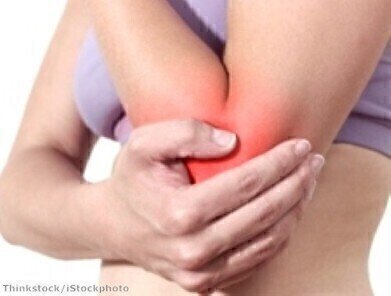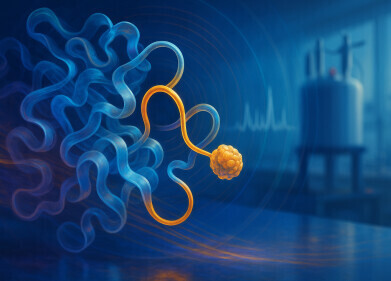-
 The new method ccould provide a visual of where the pain is located
The new method ccould provide a visual of where the pain is located
Microscopy & microtechniques
Scientists able to 'see pain' thanks to new study
Dec 18 2013
A new technique has been developed that could help provide better pain relief for patients. Researchers from Stanford University have performed a study, published in the 'Journal of the American Chemical Society', that suggests there could be a better way to monitor healing, relieve pain and pinpoint the exact location of a patient's discomfort.
When it comes to treating pain, doctors are heavily reliant upon information given to them by the patient and upon physical examinations. Unfortunately, while these methods allow a doctor to understand the general area that is pain, there is no object way of measuring the extent of the pain felt by a patient.
As pain is highly subjective it can be difficult to understand how much pain a person is feeling, leading to issues with treatment and pain management. Doctors can also end up treating the wrong type of pain or illness if a patient is unable to explain the pain they are feeling accurately.
The new study builds upon previous research that has shown a link between a protein called a sodium channel and the feelings of pain. This protein helps nerve cells to transmit different sensations, including pain, to the brain. Some voltage-gated sodium channels have been found to be produced at injury sites in large quantities. Scientists from Stanford have developed a method that enables them to visualise these large concentrations of these protein.
Researchers attached a signal to a molecule - saxitoxin - within rats. This molecule naturally occurs within certain types of microscopic marine animals. This allowed the researchers to use positron emission tomography (PET) imaging to track the molecules through the body. It was found that the saxitoxin molecules gathered at the areas that showed nerve damage. According to the researchers, this pooling of the molecules is the start of the body's first attempt at creating sodium channels within animals.
The study states: "We envision using this type of PET agent for serial monitoring of changes in channel expression levels that occur at injured nerves as a function of wound healing and/or drug treatment. Such information may be correlated with pain behavioral analyses to help shed light on the complex molecular processes that underlie pain sensation," reports Medical News Today.
Digital Edition
Lab Asia Dec 2025
December 2025
Chromatography Articles- Cutting-edge sample preparation tools help laboratories to stay ahead of the curveMass Spectrometry & Spectroscopy Articles- Unlocking the complexity of metabolomics: Pushi...
View all digital editions
Events
Jan 21 2026 Tokyo, Japan
Jan 28 2026 Tokyo, Japan
Jan 29 2026 New Delhi, India
Feb 07 2026 Boston, MA, USA
Asia Pharma Expo/Asia Lab Expo
Feb 12 2026 Dhaka, Bangladesh
.jpg)
-(2).jpg)
















